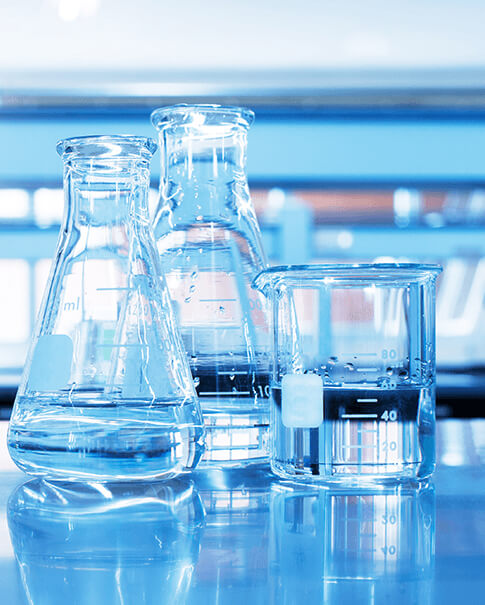What Are You Looking For?

The Application of Polyacrylamide
Aug 17, 2023Polyacrylamide classification: non-ionic (NPAM), cationic (CPAM), anionic (APAM) and dual-ionic (Amphionic PAM).
Polyacrylamide application:
Polyacrylamide is a general term for acrylamide homopolymers or polymers copolymerized with other monomers. Polyacrylamide (PAM) is one of the most widely used varieties of water-soluble polymers.
Polyacrylamide is widely used in petroleum exploration, papermaking, water treatment, textile, medicine, agriculture and other industries. According to statistics, 37% of the world's total polyacrylamide (PAM) production is used for wastewater treatment, 27% for the petroleum industry, and 18% for the paper industry.
Polyacrylamide has good thermal stability and is easily soluble in cold water. The viscosity and concentration of its aqueous solution are in a logarithmic relationship (that is, a linear relationship). Acrylamide (PAM) has a high viscosity and its aqueous solution has good tolerance to electrolyte.
Principle of action of polyacrylamide:
The molecular chain of polyacrylamide is very long, so that it can bridge between two particles and accelerate the settlement of particles. It is a good flocculant.
Industrially, polyacrylamide and its derivatives are produced by free radical polymerization of acrylamide. The polymerization method is divided into bulk polymerization, solution polymerization, suspension polymerization and emulsion polymerization according to the dispersion state of the monomer in the medium.
According to the dissolved state of monomer and polymer, it can be divided into homogeneous polymerization and heterogeneous polymerization. Polyacrylamide products have three dosage forms: aqueous colloid, powder and emulsion.
Polyacrylamide is polymerized from acrylamide, and its main molecular chain has a large number of side groups - amide groups. The amide group has high chemical activity and can react with various compounds to produce many polyacrylamide derivatives.
The amide group can form strong hydrogen bonds with a variety of specific compounds, so it not only has the properties of flocculation, thickening, surface activity, etc., but also can be converted into a polymer containing carboxyl groups through its amide group hydrolysis, becoming Anionic polyacrylamide, the methylolated polyacrylamide produced by the reaction of polyacrylamide and formaldehyde, is an important crosslinking monomer.